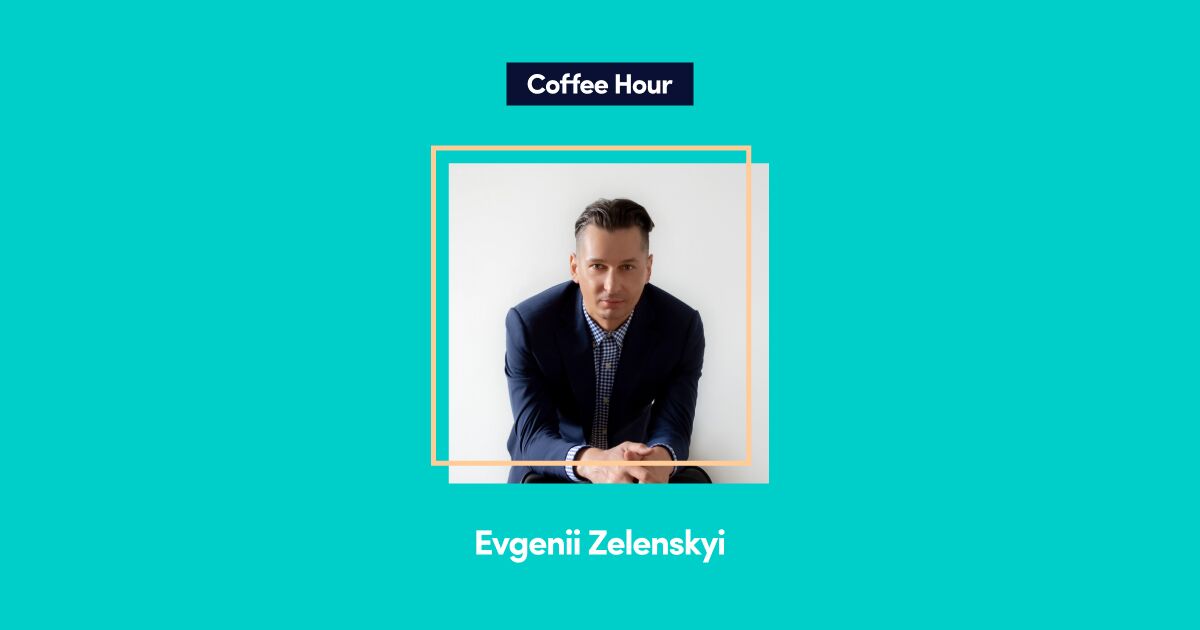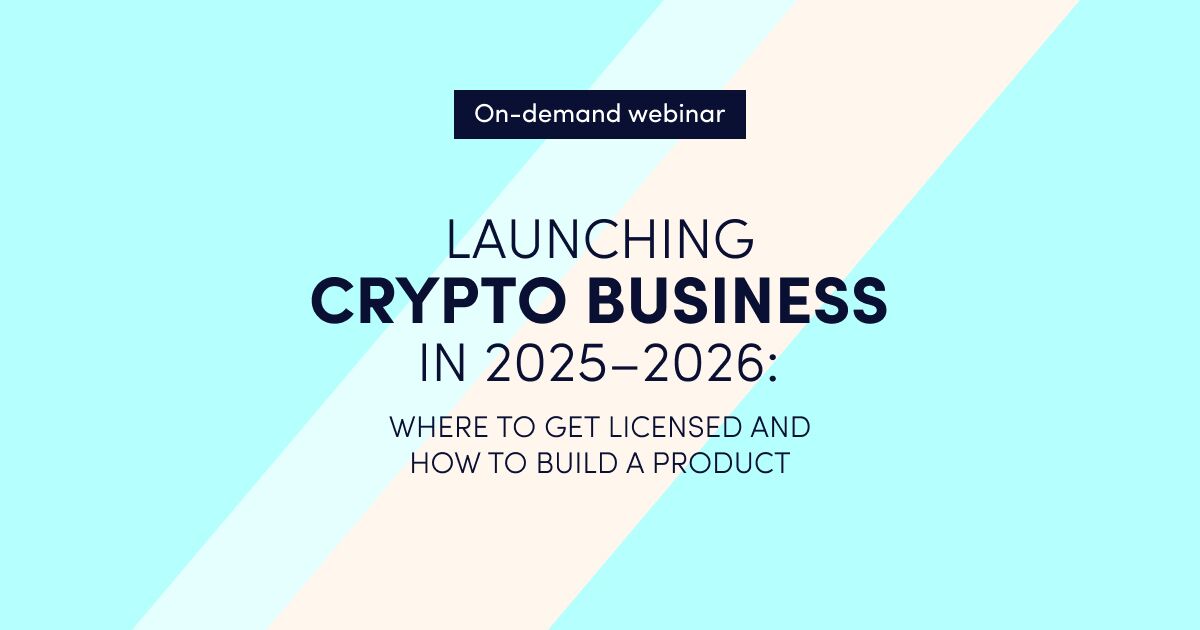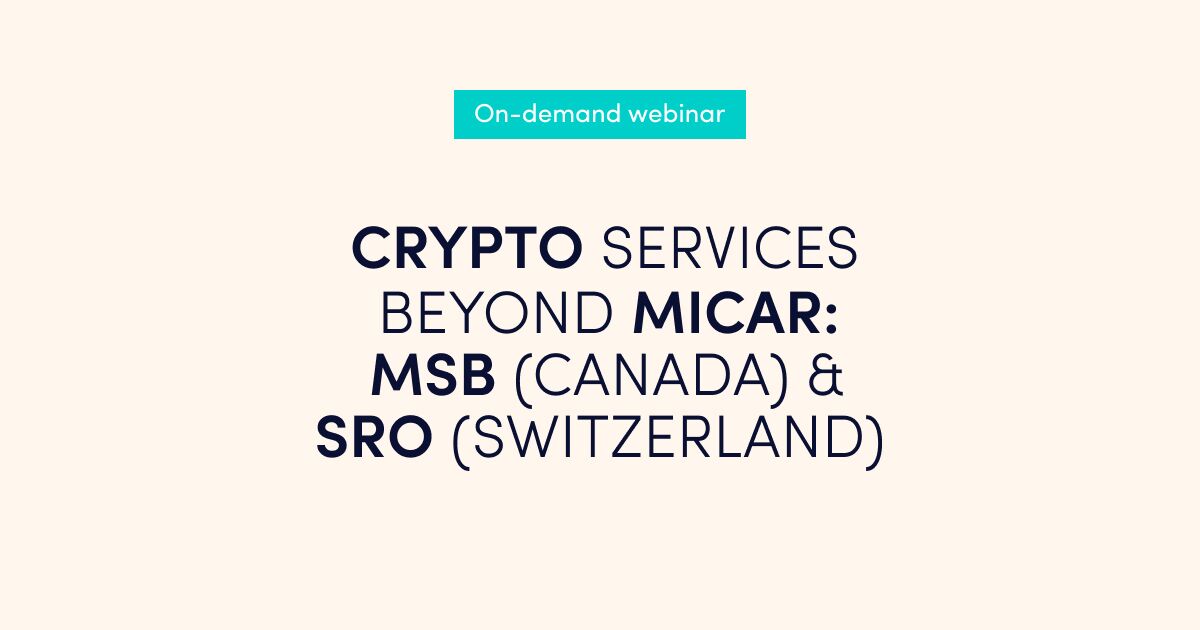Welcome to our coffee Q&A series, where we sit down with Advapay team members for a conversation and insights from the field of digital banking. If you’re joining us for the first time, we spoke with our COO Natalia Suurtee-Pavlova for our last interview, which you can check out here. Today, we’re with Evgenii Zelenskyi, Product Owner at Advapay, to discuss feature implementation, stakeholder communication and what it takes to succeed as a product owner.
HOST: Hi Evgenii! Welcome to Coffee with Advapay, our new series. We’re here to get to know you and the work you do.
EVGENII: Awesome, ask away.
HOST: First, coffee. What are you drinking right now for your coffee break?
EVGENII: Cappuccino. I’m a severe coffee lover, so I need the right ratio of milk to coffee, and cappuccino has enough milk to enhance the flavor without overpowering the coffee itself.
HOST: Delicious!
Now, I’m going to ask you to introduce yourself to our audience. Could you share a bit about your professional journey and any interests and passions you have outside of work?
EVGENII: My professional path started in banking. I worked in various banking roles for about 10 years; everything from providing technical support, to working in accounting, to business development. As I gained multifaceted experience in banking services and project work, I decided to try working in a different side of the banking industry – implementation for a software vendor. That’s when I came over to the IT sector, in 2016.
Before joining Advapay in September 2019, I worked as a business analyst and proxy product owner for large IT outsourcing companies such as Infopulse (part of Tietoevry, one of the Nordic region’s leading IT contractors) and Datas Technology.
Today, as I noted earlier, I’m a Product Owner. In my job, I’m always striving for work-life balance. Outside activities and distractions from routine are crucial, I’ve found. Fitness is key – staying fit and active. I get new perspectives from traveling. When you travel, you meet new people, learn about other cultures, and experience new things.
And at the end of the day, I spend lots of quality time with my family and friends. They keep me grounded.
HOST: Ok, so you joined Advapay back in 2019. Let’s talk some more about that. What motivated you to join the Advapay team? What aspects of the company’s vision or culture resonated the most with you?
EVGENII: As I talked about before, in the past I used to work with these really big service companies. Talking to Advapay was a totally different experience – a product-based environment where each individual matters and your role has a bigger impact on the overall company and the service we give our customers. The smaller structure makes it easier to really make an impact.
Back then, when I started, I had a particular interest in product development. This requires more creativity and I knew I could utilize my skills here and gain new experience.
HOST: When it comes to how you work and your work environment, do you find yourself more productive working remotely or in the office? Why?
EVGENII: For me, working in a distributed, global team environment is easier when you’re working remotely. Remote work allows me to adapt my own work environment to the task depending on the level of concentration and creativity I need. I can adapt my environment without harming the project.
In the office, you get the benefit of close collaboration with your colleagues. I like that too. If you work in the office occasionally, you feel more emotionally connected with your company and the people you work with.
HOST: As you work on your projects, stakeholder communication is important – how do you keep all stakeholders informed and address their concerns as the project progresses?
EVGENII: There are many different techniques you can use to manage stakeholders and their expectations. In practice, this is tricky because, for instance, some stakeholders, who are supposed to be consulted during the project, might be reluctant to contribute and that sort of thing.
In my view, you need the right analysis at the start of the engagement. First, you need to identify all involved parties. Analyze their interest, influence and level of participation. This helps you define the most appropriate collaboration and communication approaches for each stakeholder (or stakeholder segment, such as customers vs internal decision-makers).
As they say, practice makes perfect. So practicing good stakeholder communication through regular demonstrations where you present the results of teamwork to your stakeholders, review accomplishments and discuss future adaptations provides opportunities to improve how you work with stakeholders. In addition, we regularly meet in small groups to elicit requirements, handle conflicting requirements and develop a mutual understanding of a project. Active communication strengthens our stakeholder engagement for the long haul.
HOST: So can you tell us how you make decisions on implementing new features and functionality? What factors do you consider?
EVGENII: Sure. Absolutely. First off, it’s important to keep business objectives in mind when you’re prioritizing items in the product backlog.
Next, you want to think about the expected value. What value will stakeholders get from implementing new features? It’s extremely important to remember that our beliefs about what’s valuable are just assumptions. That is, beliefs are assumptions until they’re fully tested and validated by customers.
To find value for our customers, we must take an iterative approach to product development, making hypotheses about potential feature value and running experiments to test our assumptions. From there, we should inspect the outcomes to adjust our requirements for the next features (in other words, for the next round of experiments!).
Perhaps I don’t need to say this, but we must always consider costs for feature introduction and weigh required efforts against expected value.
Finally, we shouldn’t forget about technical dependencies in software development and how these impact prioritization.
HOST: That makes sense. Product owners have a lot to consider as they’re balancing competing choices.
In your opinion, what are the most important qualities for being a successful Product Owner in the fintech industry? We’re especially interested in hearing about what it takes to work on a core banking system like Advapay.
EVGENII: I think we should direct the question to what it takes to be an efficient product owner in general – and this is true across other industries and sectors as well. From my perspective, you need to be a visionary to succeed in this. You need to focus on the future, be able to clearly articulate the change that’s necessary for your customer and be able to communicate a vision and strategy for the product.
In everything that you do, you’ll need courage to experiment and make decisions. This work involves risk. You have to make hypotheses and validate ideas. Product owners work on shaky ground and don’t have guaranteed success. So they must understand the need for trying out new things, exploring, innovating and experimenting.
HOST: Speaking of success as a product owner, could you discuss a recent achievement or milestone you’re particularly proud of? What was your role in achieving this success and what lessons did you learn from the experience?
EVGENII: As a product owner, my role at Advapay combines product development and project management activities. Within the past three years or so, we updated 2 out of 4 of the most complex components of ‘Macrobank.’
First, I worked on a totally new web banking app that replaced the old solution. Right now, we’re underway with replacing an obsolete core banking module with a new web application.
HOST: When you reflect on past projects, what was the most significant challenge you encountered? How did you overcome it?
EVGENII: It’s been challenging to embrace Agile; the transition to Agile from other approaches takes commitment. That’s quite common and the mindset shift undoubtedly takes time. To ease the transition, you have to talk about scrum adaptation and foster an environment that’s supportive, professional and builds trust.
In the meantime, you have to explain to stakeholders how iterative approaches work and keep providing as much information and support as necessary to keep the transition moving forward.
To me, that’s one of the most challenging transitions a team can make, and it takes commitment to keep the momentum going.
HOST: Thank you for sharing. This is great. That’s all the questions we have today and we really appreciate the time you’ve shared with us and our readers.
EVGENII: It’s an honor. Thanks a bunch.
Thanks for joining us – tune in next time for more coffee with Advapay to get an insider’s view of who we are, what we do, and what we’re doing next.
To learn more about our solutions and how they align with your needs, contact our consultants for a live demo and interactive session.









